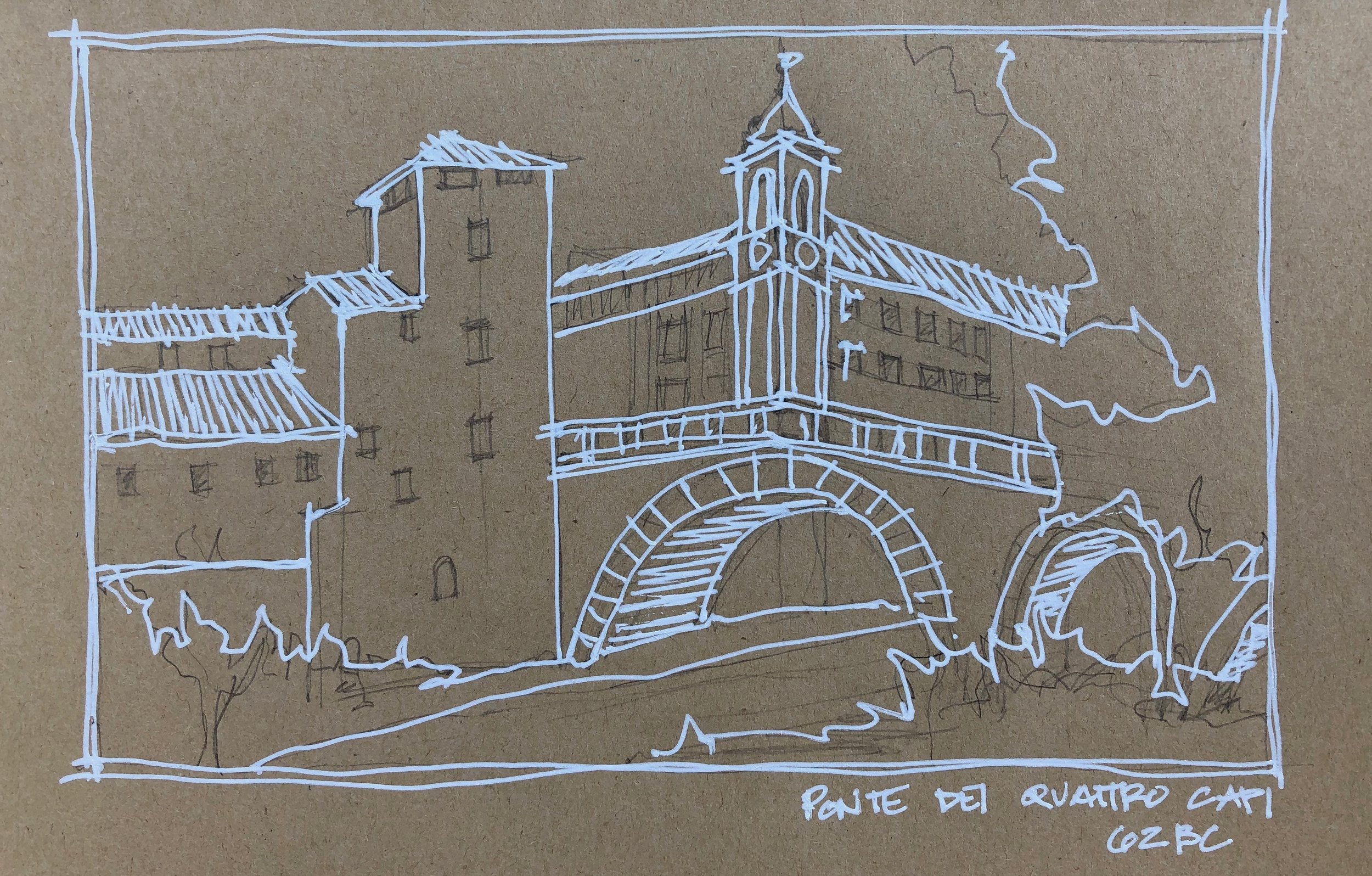We fully recognize that as architects we are not normal tourists; we look up, we look down, we try to figure out floor plans, we look at the tiny details and run our hands over walls. It’s a little extra but this is how we learn. Therefore most of our travel photos are not of the typical framed postcard views, rather small moments that catch our breath and tell a story. Here are some details from our pre-pandemic trip to Rome.
We weren’t the first to look through the Aventine keyhole (see photo above for a close up) near S. Sabina which gives a perfectly framed view of St. Peter’s Basilica on axis, through the gardens. Read more about it here.










![Manuel Felisi’s collage anchors the stair landing. [If you know the lighting designer / manufacturer for the light fixtures, please let us know.]](https://images.squarespace-cdn.com/content/v1/557030b7e4b093e99ed82634/1568324170363-CYEYSO2HG19OND0L85S2/IMG_7480.jpg)












